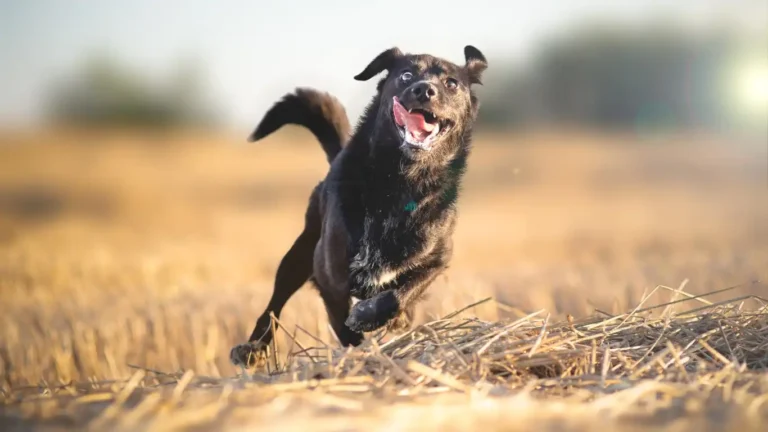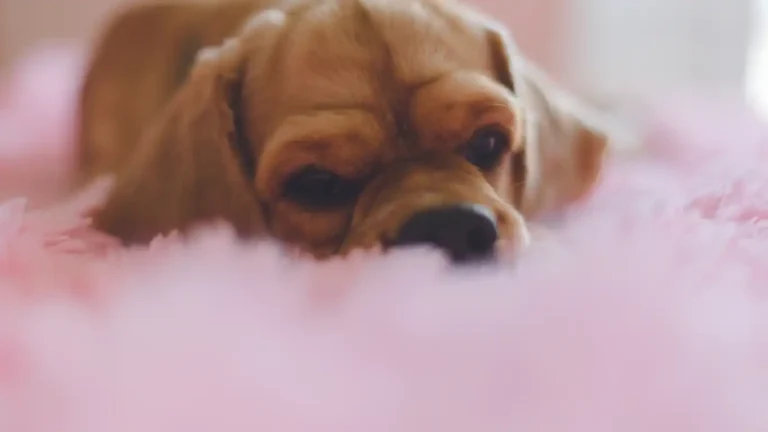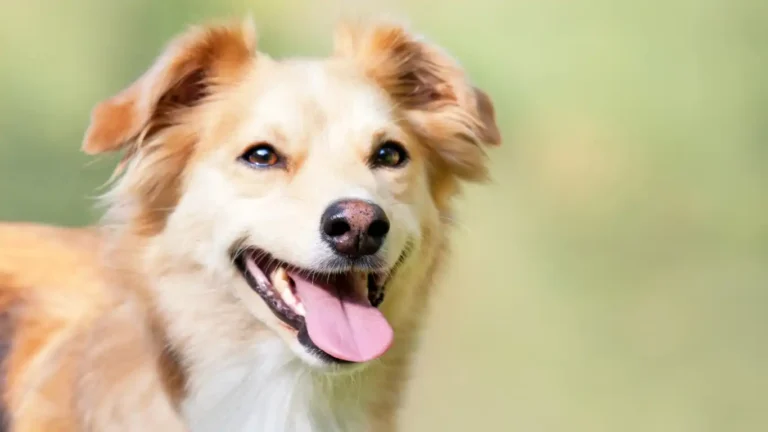Fun Indoor Ideas to Keep Your Dog Entertained and Happy All Day
As a veterinary technician and nutrition specialist, I’ve seen firsthand how challenging it can be to keep a dog entertained indoors, especially on days when the weather just won’t cooperate. Whether you’re stuck inside due to rain, snow, or simply want to give your dog a break from outdoor play, finding ways to keep your furry friend entertained and mentally stimulated is essential. Keeping a dog entertained indoors is not just about tiring them out; it’s about engaging their minds, enriching their lives, and providing them with healthy outlets for their energy. So, what are the best ways to keep a dog entertained while indoors? Let’s dive into some fun and creative options that are sure to work for any dog, no matter their age or energy level!
Interactive Toys and Puzzles

Interactive toys and puzzles are some of my go-to recommendations for pet owners looking to keep their dogs entertained indoors. These toys are fantastic because they provide both mental and physical stimulation. The idea behind these toys is simple: you hide treats or kibble inside, and your dog has to figure out how to access them. This process engages their problem-solving abilities and keeps their mind sharp. Plus, it helps to reduce boredom, which is key to preventing destructive behaviors.
Why Choose Puzzle Toys?
From my experience, puzzle toys are an excellent choice for dogs who get bored easily. Dogs are naturally curious creatures, and they thrive when given a challenge. With puzzle toys, you’ll notice your dog’s focus and determination as they work to figure out how to get the reward inside. It’s also a great way to slow down mealtime for dogs that tend to eat too quickly, which can be beneficial for their digestion. Some of the best puzzle toys I’ve worked with include the KONG Classic, Outward Hound Hide-A-Squirrel, and the Starmark Treat Dispensing Bob-a-Lot.
Engaging with Tug-of-War
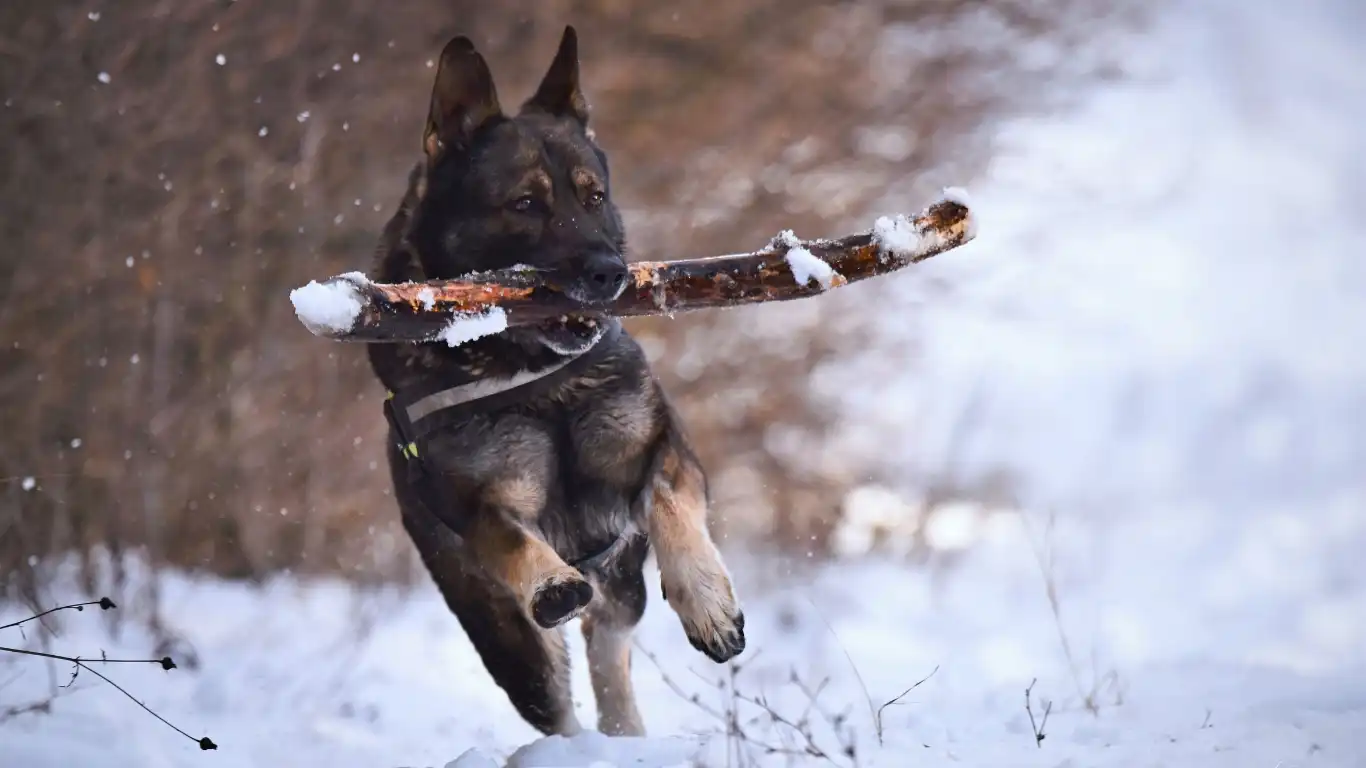
If your dog is a fan of interactive games, tug-of-war can be an excellent indoor activity that burns energy while keeping them entertained. Tug-of-war isn’t just about pulling on a rope—it’s a game that allows for some bonding time between you and your dog. The excitement and physical activity help keep both of you engaged. Tug-of-war can also help build your dog’s muscle strength and improve their coordination.
Tips for Safe Tug-of-War Play
While tug-of-war is a fun activity, it’s important to play it safely. Here are a few tips to ensure both you and your dog have a great time:
- Choose the right toy: Make sure the rope or toy you’re using is durable and designed for tugging. Avoid using anything that could easily break or be swallowed.
- Set boundaries: It’s essential to set clear rules about when the game starts and stops. Teach your dog to release the toy when you say ‘drop it,’ which is an important cue to practice.
- Monitor your dog’s behavior: If your dog gets too excited and starts becoming overly aggressive, it’s time to stop the game. You want to ensure the play stays fun and doesn’t turn into a source of stress.
Training Sessions and Trick Learning
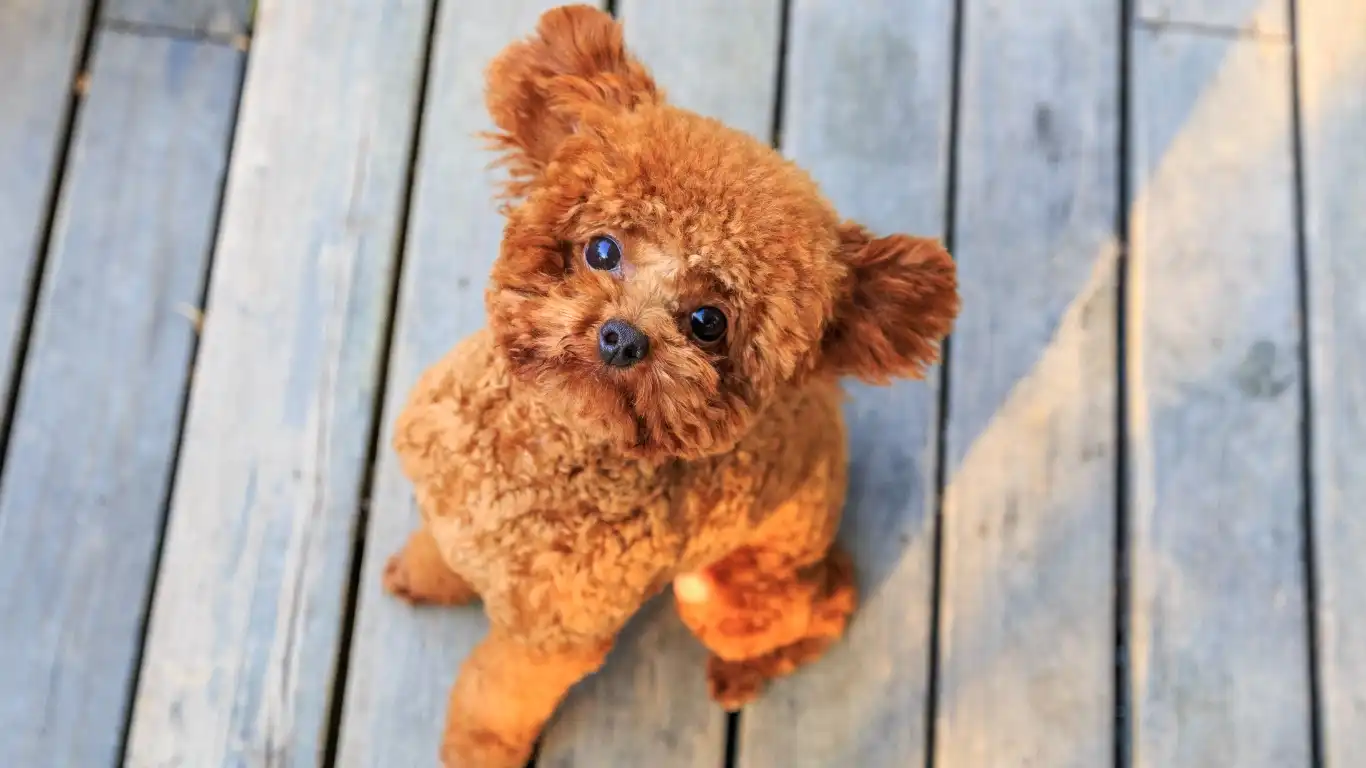
Another great way to keep a dog entertained indoors is through training sessions. This doesn’t just mean teaching your dog the basics like sit, stay, or come. You can also introduce new tricks and commands that challenge your dog mentally. Whether it’s teaching your dog to roll over, fetch specific items, or even more advanced tricks like playing dead, training sessions can be incredibly enriching for your dog.
Why Training is So Important
Training is more than just teaching commands; it’s about fostering a deeper bond between you and your dog. Through positive reinforcement, you can communicate more effectively and build trust. Dogs love to learn, and the sense of accomplishment they get from mastering a new trick can be very rewarding for them. Plus, it’s a fantastic way to tire them out mentally, which is especially useful for high-energy dogs who might not get enough physical exercise indoors.
Fun Trick Ideas
- Shake paws: A simple and cute trick that’s easy to teach, and your dog will love showing it off!
- Fetch the slippers: Teach your dog to fetch your slippers (or another item) as a way to assist you while also giving them a fun task.
- Spin: A cute trick that gets your dog moving in circles—good for mental stimulation and a little physical exercise!
Hide-and-Seek Games
Hide-and-seek is another fantastic game that can be easily played indoors. This classic game can be enjoyed by dogs of all ages and energy levels. It works by hiding yourself or a favorite toy and having your dog search for you. This game taps into your dog’s natural scenting ability and encourages problem-solving. Plus, it’s just plain fun!
How to Play Hide-and-Seek with Your Dog
Here’s a simple way to play:
- Start by showing your dog a favorite toy or treat, then hide it somewhere in the room while they’re out of sight.
- Encourage your dog to search for the item by saying a command like “find it!”
- When your dog successfully finds the item, give them a lot of praise and treats!
As your dog gets better at the game, you can increase the difficulty by hiding the items in more challenging spots. This will keep the game fresh and exciting for your dog.
Conclusion
There are so many fun and engaging ways to keep your dog entertained indoors. From interactive toys to training sessions and hide-and-seek games, the possibilities are endless. The key is to provide your dog with a variety of activities that challenge their minds and keep their bodies active. After all, a tired dog is a happy dog, and keeping them entertained indoors is a great way to make sure they’re getting the stimulation they need to thrive!
DIY Dog Toys and Activities

Sometimes, the best toys are the ones you make yourself! DIY dog toys are a great way to keep your dog entertained while also saving some money. Not only that, but creating toys at home can be a fun bonding experience for you and your pup. There are so many simple ideas that require items you probably already have lying around the house. From old t-shirts to tennis balls, the possibilities are endless!
Easy DIY Dog Toy Ideas
If you’re looking to keep your dog busy without breaking the bank, here are some DIY dog toys that are easy to make:
- Old T-shirt Tug Rope: Grab an old t-shirt, cut it into strips, and braid them together to create a tug toy. It’s an easy, eco-friendly option that your dog will love.
- Tennis Ball Puzzle: Take a tennis ball, cut a slit in the side, and stuff it with treats. Your dog will need to figure out how to get the treats out, providing both mental and physical stimulation.
- Sock Ball: Take a sock, stuff it with some crumpled paper or a tennis ball, and tie it into a knot. This makes for a bouncy, soft toy that’s easy to throw around for some indoor fetch.
Creating your own dog toys gives you full control over what your dog is playing with, and it’s always a good feeling to know your pup is enjoying something you made just for them!
Interactive Feeding Options
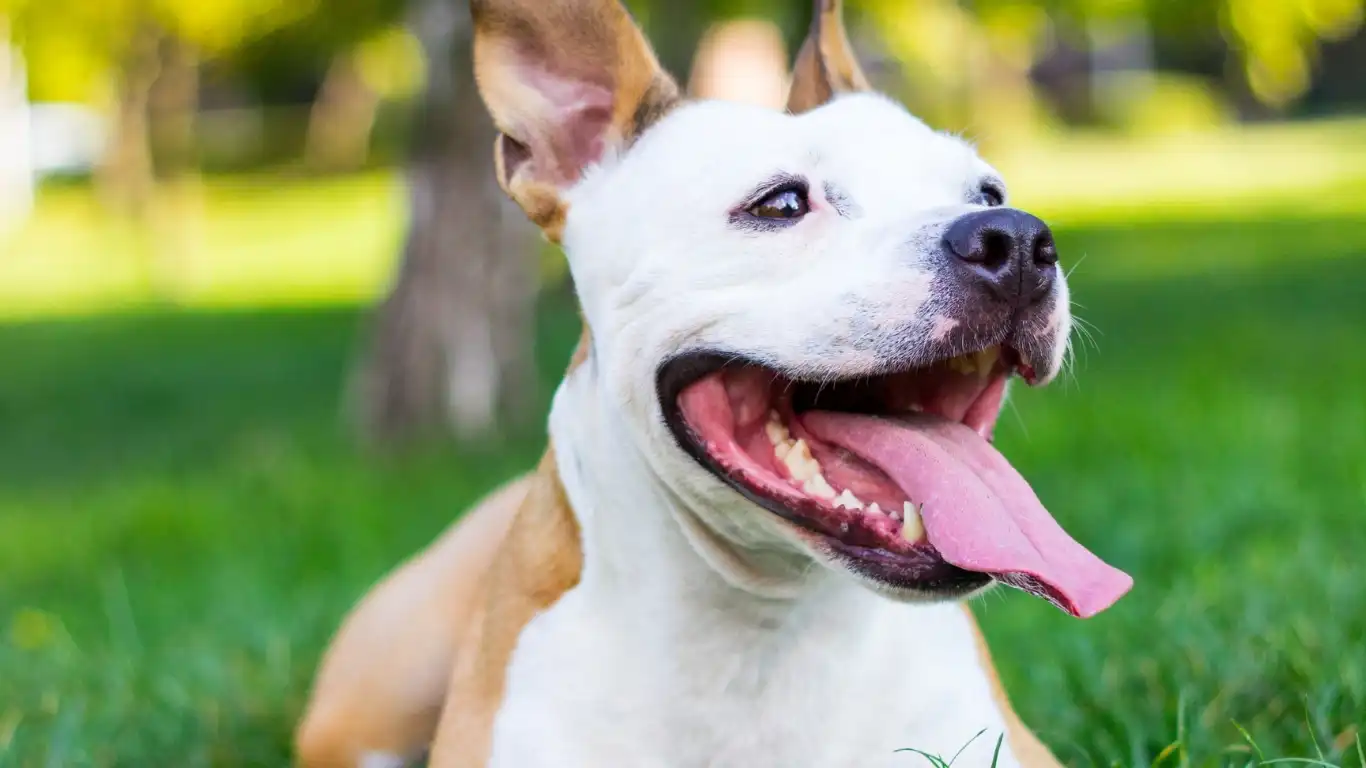
Have you ever considered turning mealtime into an entertaining experience? Interactive feeding options can make eating time a game and provide mental stimulation as well. I’ve seen firsthand how much dogs enjoy the challenge of working for their food. These types of feeders are especially beneficial for dogs that tend to eat too quickly, and they can help slow down your dog’s eating while giving them something fun to do. They’re also fantastic for dogs with extra energy who need a little extra mental workout.
Best Interactive Feeders
Here are a few interactive feeding options that I highly recommend:
- Slow Feeder Bowls: These bowls are designed with ridges and mazes to make your dog work harder to access their food. They slow down eating and prevent bloat, which is a big win for any dog owner.
- Treat Dispensing Balls: These toys are often shaped like balls or puzzles that dispense treats as your dog rolls them around. It turns feeding into a game where your dog has to ‘work’ for their food.
- Snuffle Mats: A snuffle mat is a great way to engage your dog’s sense of smell. You scatter their kibble or treats inside, and they’ll have a blast sniffing them out!
Interactive feeding can be a fun and healthy way to engage your dog during meals. I’ve found that many dogs really enjoy the challenge, and it helps provide some mental stimulation when you need it the most.
Indoor Fetch and Fetch Alternatives
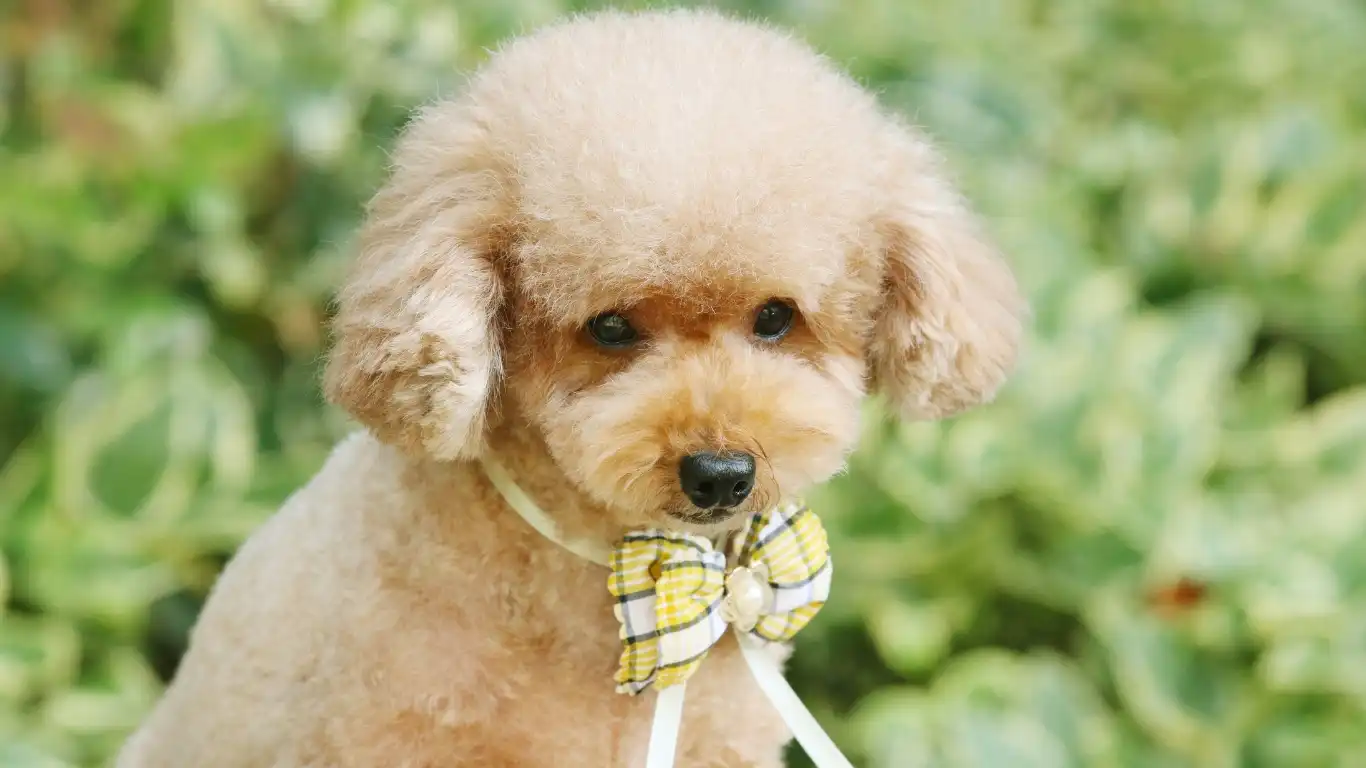
If your dog loves to play fetch but you’re stuck indoors, there are plenty of ways to adapt the game so your dog still gets to burn off some energy. Indoor fetch can be a little tricky, especially if you have limited space, but there are a few tricks I’ve learned over the years that make it possible to play safely inside your home. And if you can’t play traditional fetch, there are some great alternatives that will still let your dog run, chase, and exercise their body.
Indoor Fetch Tips
Playing fetch indoors requires a little bit of strategy to avoid breaking anything or hurting your dog. Here are a few tips I’ve found helpful:
- Use Soft Toys: Instead of a hard ball, try using a soft plush toy or a rubber ball that’s designed for indoor play. These won’t cause any damage if they bounce off furniture or walls.
- Set Boundaries: You can use furniture or household items to create boundaries that prevent your dog from running into spaces where they could get hurt.
- Shorter Distances: Focus on shorter throws in the hallway or living room. You don’t need a lot of space to give your dog a good game of fetch.
By following these simple tips, you can turn your living room into a mini play area for your dog. Plus, if you’ve got a highly energetic dog, playing fetch indoors can help release that energy in a safe and controlled way.
Fetch Alternatives
If you don’t have enough space for traditional fetch, here are a few alternative games that will keep your dog moving:
- Roll the Ball: Sit on the floor with your dog and roll a soft ball or toy toward them. Your dog can chase it and bring it back to you, simulating a game of fetch.
- Ball Pit: Set up a small kiddie pool or large bin filled with soft toys or balls. Throw a couple of treats in the mix and have your dog dig through the balls to find them.
- Chase the Laser: If your dog loves to chase things, a laser pointer can be a great way to get them moving. Just be sure not to overdo it and frustrate them with endless chasing.
Fetch alternatives can be just as effective as the real thing. The goal is to get your dog moving, keep them engaged, and help them release some of that pent-up energy.
Stimulating Scent Games
Dogs have an incredible sense of smell, and using that to your advantage is one of the best ways to keep them entertained indoors. Scent games tap into your dog’s natural instincts and provide a fun, low-impact activity that’s perfect for rainy days. These games are especially beneficial for dogs that need mental stimulation without too much physical exertion.
How to Play Scent Games
There are several ways you can incorporate scent games into your indoor routine. Here are a few that I recommend:
- The Cup Game: Place treats under several cups or bowls, shuffle them around, and let your dog use their nose to figure out which cup has the treat.
- Hide the Treats: Hide treats around the house and encourage your dog to sniff them out. This game engages their natural scent-tracking abilities and provides mental stimulation.
- Scent Trails: Use treats to create a scent trail that leads to a reward. This type of game will tire out your dog’s mind as they follow the trail to the prize.
Scent games are perfect for tiring out your dog mentally, and I’ve found that they work wonders, especially for dogs who get bored quickly. It’s a great way to provide enrichment without a lot of physical exertion, and dogs love the challenge!
Enrichment Through Music and Dog-Friendly TV

This might sound a little surprising at first, but yes—dogs can absolutely benefit from audio and visual enrichment. I’ve had clients who swear by classical music or even reggae playlists to calm their pups during storms or while they’re out running errands. And you know what? It works! Whether it’s the calming sounds of piano melodies or the visual stimulation from dog-friendly TV programs, this kind of indoor entertainment can help reduce anxiety and keep your dog company.
Setting Up a Relaxing Environment
If you’re leaving your dog alone or just want to create a chill vibe at home, here’s how you can use music and TV to your advantage:
- Try a Dog-Calming Playlist: There are tons of curated playlists on Spotify and YouTube specifically made for dogs. Look for keywords like “dog calming music” or “anxiety relief for dogs.” Classical tunes and soft instrumental tracks are especially effective.
- DogTV and YouTube Channels: Channels like DogTV or specially made dog-centric YouTube videos show nature scenes, squirrels, or other pups playing. My dog Maple is absolutely glued to the screen when I turn on a squirrel chase compilation—it’s hilarious!
- Use Visuals with Caution: Some dogs might react strongly to visual stimuli, especially if they see other animals on screen. Watch how your dog responds and adjust the volume or visuals accordingly.
Bonding Time: Massage, Grooming, and Snuggle Sessions

Entertainment doesn’t always have to be loud or energetic. Sometimes, it’s the quiet bonding moments that leave the biggest impact. Regular grooming and doggy massages not only keep your pup looking and feeling good, but they’re also an incredible opportunity to strengthen your connection. As a vet tech, I’ve seen how touch can reduce anxiety in dogs, especially rescue pups or those with trauma in their past.
Simple Bonding Activities That Go a Long Way
These gentle, calming moments don’t take much space or time but are incredibly enriching:
- Brushing: Even if your dog doesn’t shed much, a light brushing helps stimulate circulation and removes dirt. Use this time to check for any skin issues or bumps.
- Ear Rubs and Belly Massages: Soft touches in these areas are soothing and often lead to full-body relaxation. My own dog visibly melts into the floor when I give her a gentle ear rub—it’s pure zen mode!
- Cozy Blanket Snuggles: Some dogs just want to curl up next to you on the couch with a warm blanket and your company. That’s entertainment enough for them—and, honestly, for us too.
Routine Rotation: Keep Things Fresh
Here’s something that many dog owners don’t realize: dogs can get bored with the same toys and games, just like people do. I always recommend rotating toys and activities every few days to keep things interesting. It gives your dog the feeling of getting something new, even if it’s just an old toy brought out of hiding. It’s one of the best ways to keep a dog entertained while indoors without having to constantly buy new stuff.
Tips for Rotating Toys and Games
- Create a Toy Box: Keep a bin or basket of toys nearby and choose a few each day. Switch them out regularly so your dog doesn’t lose interest.
- Theme Days: Make Mondays puzzle day, Wednesdays snuffle mat day, and so on. A little routine variety goes a long way for mental engagement.
- Combine Old with New: Introduce new toys alongside older favorites to keep your dog curious and excited about their playtime options.
Building an Indoor Routine that Works for You and Your Dog
Every dog is unique. What entertains one pup might not work at all for another, and that’s okay. The trick is to observe, experiment, and keep things playful. Dogs thrive on consistency but also love the excitement of trying something new. In my experience, the most successful indoor entertainment routines are the ones that mix physical activity, mental challenges, and plenty of bonding time.
Sample Indoor Schedule (Especially for Rainy Days!)
- Morning: 10-15 minutes of training or puzzle feeding during breakfast.
- Midday: Tug-of-war or fetch in a hallway, followed by a short grooming session.
- Afternoon: Scent game with hidden treats, or DIY toy time.
- Evening: Chill out with music or doggy TV and a cozy snuggle on the couch.
Mix and match these ideas to fit your day. Even a few five-minute sessions spread throughout can make a huge difference for your pup’s mood and energy.
References
Disclaimer
The content in this article is for informational purposes only and is not a substitute for professional veterinary advice, diagnosis, or treatment. Always consult with a licensed veterinarian or qualified animal healthcare provider about your dog’s specific needs and medical conditions. My insights are based on personal experience and professional training as a veterinary technician specializing in nutrition, but every dog is different and may respond differently to the activities mentioned.
